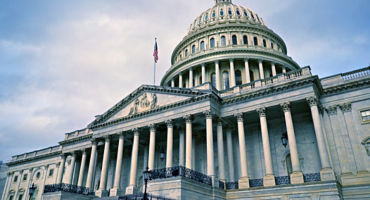Energy consumption
A rarely discussed aspect of the potential AI revolution is energy. There is a strong, exponentially correlated relationship between gross domestic product per capita and energy consumption. In other words, if AI is truly transformative to productivity, it would mean a substantial increase in energy consumption, which the market has not focused on yet.
In fact, historically, major productivity advances have tended to coincide with energy discoveries in cheaper and denser fuels, for example, coal in the 1800s and oil in the late 1800s/early 1900s. Perhaps shale could serve that purpose now, but companies need to develop those resources if productivity is truly going to rise over the medium to long term.
We are, in fact, seeing the opposite with shale decline rates intensifying and production growth slowing. In other words, while the conventional wisdom is that AI will be disinflationary, and likely will be for labor, in the short term it could increase energy prices.










